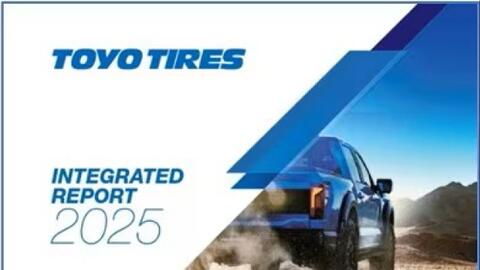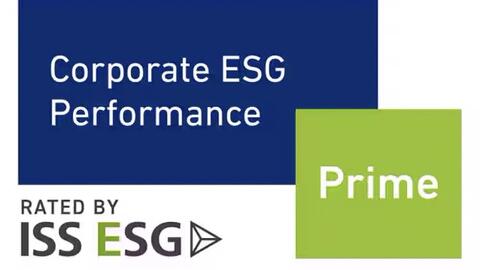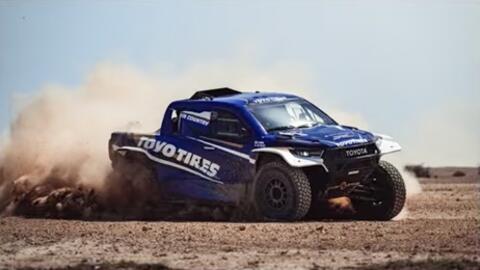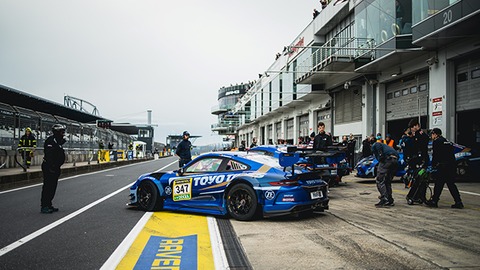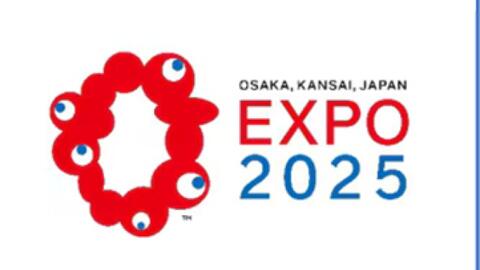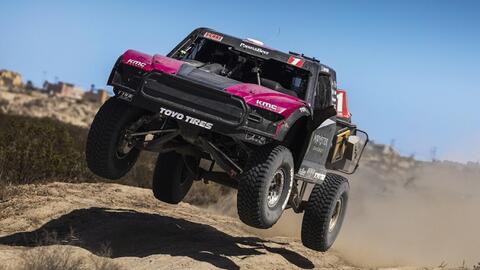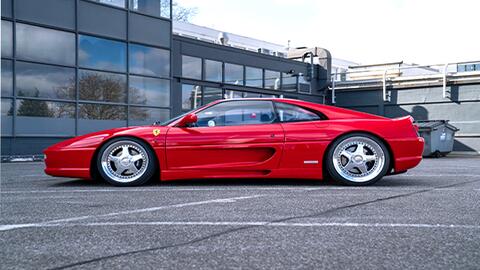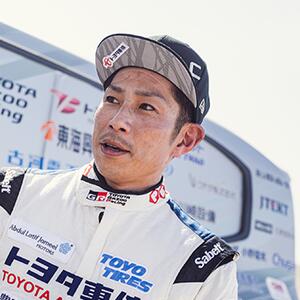News
T-Mode (Intelligent Tire Development Platform)
23 Apr 2020
Toyo Tire Corporation (Headquarters: Itami City, Hyogo Prefecture; President: Takashi Shimizu) announces that its conventional automotive tire design base technologies blending CAE1 and AI have evolved and been formulated into a new system in the form of the “T-MODE” tire development process. In the future, tire development will advance on this new stage through use of the upgraded T-MODE.
1CAE: Abbreviation for Computer Aided Engineering. Refers to use of computers to support engineering.
Simulation-Driven Tire Designs
Toyo Tire combined two simulation technologies employing supercomputers ([1] “Tire Simulation”, which reproduces tire motion in use and employs this for performance prediction and structural analysis, and [2] “Driving Simulation” which reproduces various car model information, passenger numbers, loads, driving patterns, and more to assess the impact on tires from car motion) to establish its “T-mode” tire design base technology in 2000. Since then, the company has worked continuously to develop the ideal tires, making full use
of this design technology.
From the Old “T-mode” to the New “T-MODE”
As the only automotive part in contact with the road, tires play a major role in satisfying the various performance requirements for cars. With competition for technological advances in next-generation mobility has begun to dominate the industry with the conversion to EVs and spread of autonomous driving, tires need to rapidly achieve clear performance and functionality shifts to support “the evolution of mobility.” High-precision and highspeed in design will be the keys to this in the future. Toyo Tire used SPDM² to incorporate AI design support technologies into the conventional T-mode (proprietary simulation infrastructure technology), evolving toward more advanced tire development processes with the new “T-MODE”.
²SPDM: Abbreviation for Simulation Process and Data Management. An infrastructure system which can unify all forms of data management and share standardized processes.
A Tire Development Process Revolution By SPDM
In the tire development process, a variety of design factors and usage conditions are entered and “design, simulation, prototyping, and evaluation” cycles are repeated in order to optimize the performance and design required. In order to accelerate product development, further simulation capacity upgrades and connections to highprecision designs were required. The SPDM constructed in this instance has revolutionized the Toyo Tire development process.
(1) Unified Management of various Data and Use as Shared Assets
Conventionally, data that designers acquire from simulations is handled as the individual designer’s data. However, the new T-MODE platform unifies management of various data types as shared assets, allowing for sharing between designers. Connecting this design data, simulation data, and test data improves the added value of the data and also allows for its development as data for a deep learning. Data from simulations run by designers is stored automatically on a shared server, and contributes to reduced testing process time and product development lead time through its use in new analysis and prediction as a database asset.
2) Application of AI and Establishment of a Method of Solving Inverse Problems
Process innovations are anticipated at speeds previously unseen due to SPDM construction and adoption, given its consolidation of design support technologies with simulation infrastructure technologies. Traditionally, means of resolution involved first entering design specifications and running a simulation, then obtaining performance values from the results. If performance values did not satisfy requirements, the design specifications would be revised and the simulation repeated, extending the process term overall when
repetitions grew frequent. Obtaining design data for structures, shapes, and patterns required to obtain target performance through the “Inverse Problem Solution” approach is, essentially, a means of entering required performance values and using the required design specifications derived via AI technologies.
Evolution of Aerodynamic Simulations
In May 2018, Toyo Tires announced it has developed its own “Mobility Aerodynamics” (aerodynamic simulation) technology, which will be effective in designing “tires having the excellent aerodynamic characteristics³” required to further reduce fuel consumption and increase electric vehicle range.
³Aerodynamic characteristics: The attributes of air forces (air resistance) and airflow exerted on a body when it moves through air.
We analyze and predict the aerodynamic characteristics of tires and vehicles under rolling tire contact patch conditions4 using a level of simulation unprecedented in the industry. We use actual tire pattern designs to correlate tire use conditions when a vehicle is in motion (primarily the load on the tires and the vehicle’s speed) with conditions specific to various wheel and vehicle shapes, after considering how tire shape changes under those conditions.
4Rolling tire contact patch conditions: Conditions exerted when the tire is rolling on an actual road surface (conditions at point of contact).
Since 2018, Toyo Tire has approached a new sector and successfully realized predictive technologies for aerodynamic characteristics of entire vehicle bodies, considering tire contact with surface, deformation, and rotation. Furthermore, at the end of 2019, Toyo Tire will expand aerodynamic simulation control sectors using the new T-MODE, toward predictive technologies capable of suggesting tire designs that improve vehicle-wide aerodynamic characteristics.
(Reference) The Importance of Aerodynamic Characteristics
Drag force is the resistance a vehicle is bound to be subjected to when it moves. Reducing that force can result in improving fuel efficiency. Under social expectations to raise environmental performance, automotive manufacturers are striving to develop new vehicle designs that result in better aerodynamic characteristics. Electric vehicle makers are also faced with the challenge of extending the per-charge range, so improving aerodynamic characteristics has become a significant aim for them as well. Over a three-day period from the coming July 17 (Wed) through 19 (Fri), Toyo Tire will exhibit at the “Automotive Engineering Exposition 2019 Nagoya” held at Portmesse Nagoya (the Nagoya International Exhibition Hall), and plans to unveil technologies relating to the new T-MODE announced in this release. Toyo Tire will continue to take tires to higher levels by applying our “design technologies for future road mobility”.
Toyo Tire published Integrated Report 2025
Toyo Tire integrated report 2025
The Blue Rush
TOYO TIRES Unites Three Legends
Alan Ampudia Wins the Baja 500
Toyo Tires overall winners of 57th edition.
"Prime" rating in ISS ESG Corporate Rating
First time for company to receive rating.
Toyo Tires joins the FIA World Rally Raid Championship
Akira Miura will use Open Country tyres.
The race for more sustainability
More sustainable Proxes race slick tires at NLS
Noair tires used at Oaska-Kansai Expo
Electric carts running on innovative airless tires
Ampudia wins San Felipe 250
Second overall win in consecutive years
Ferrari with more grip and precision
Jean Pierre Kraemer refines iconic Ferrari F355



